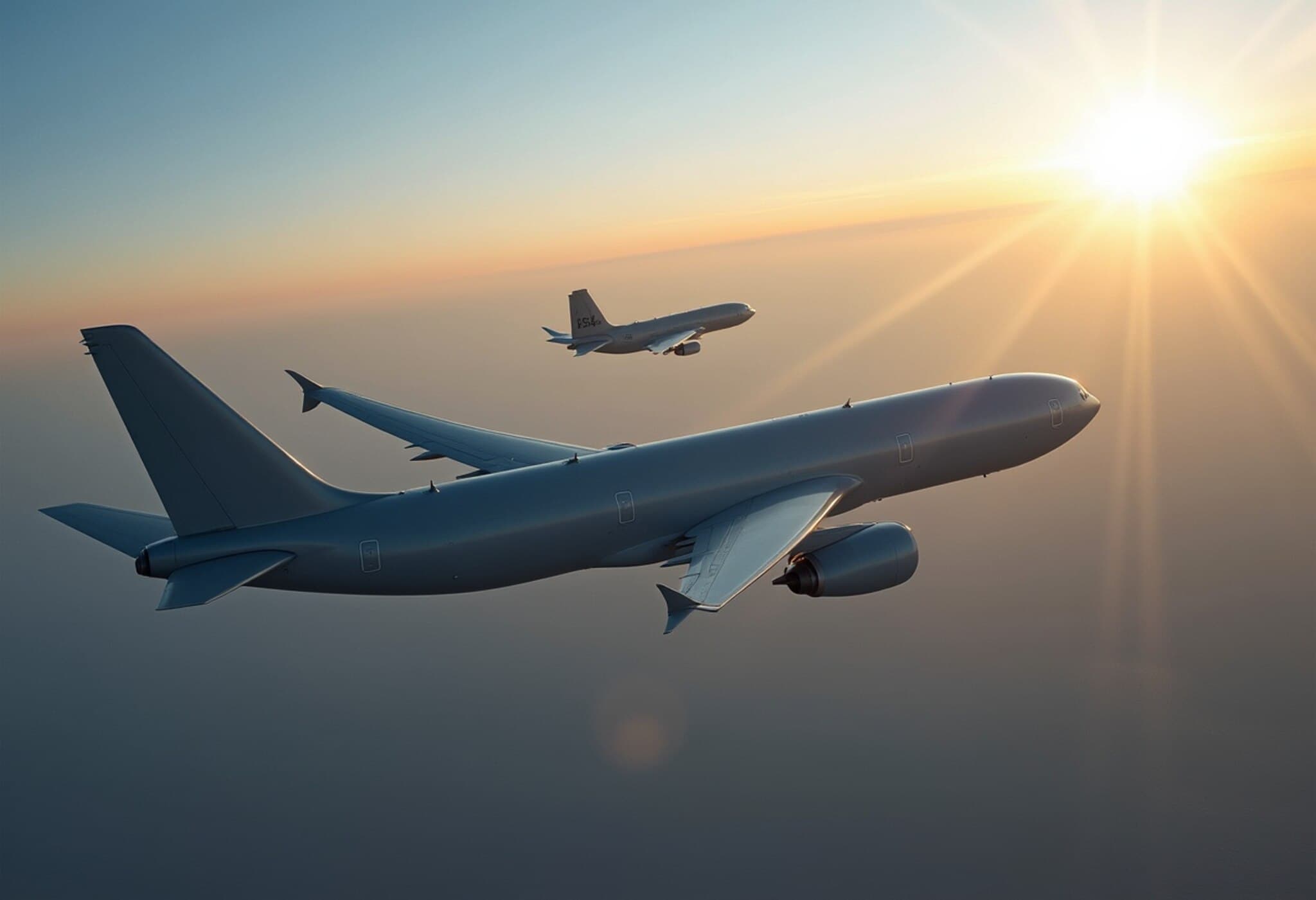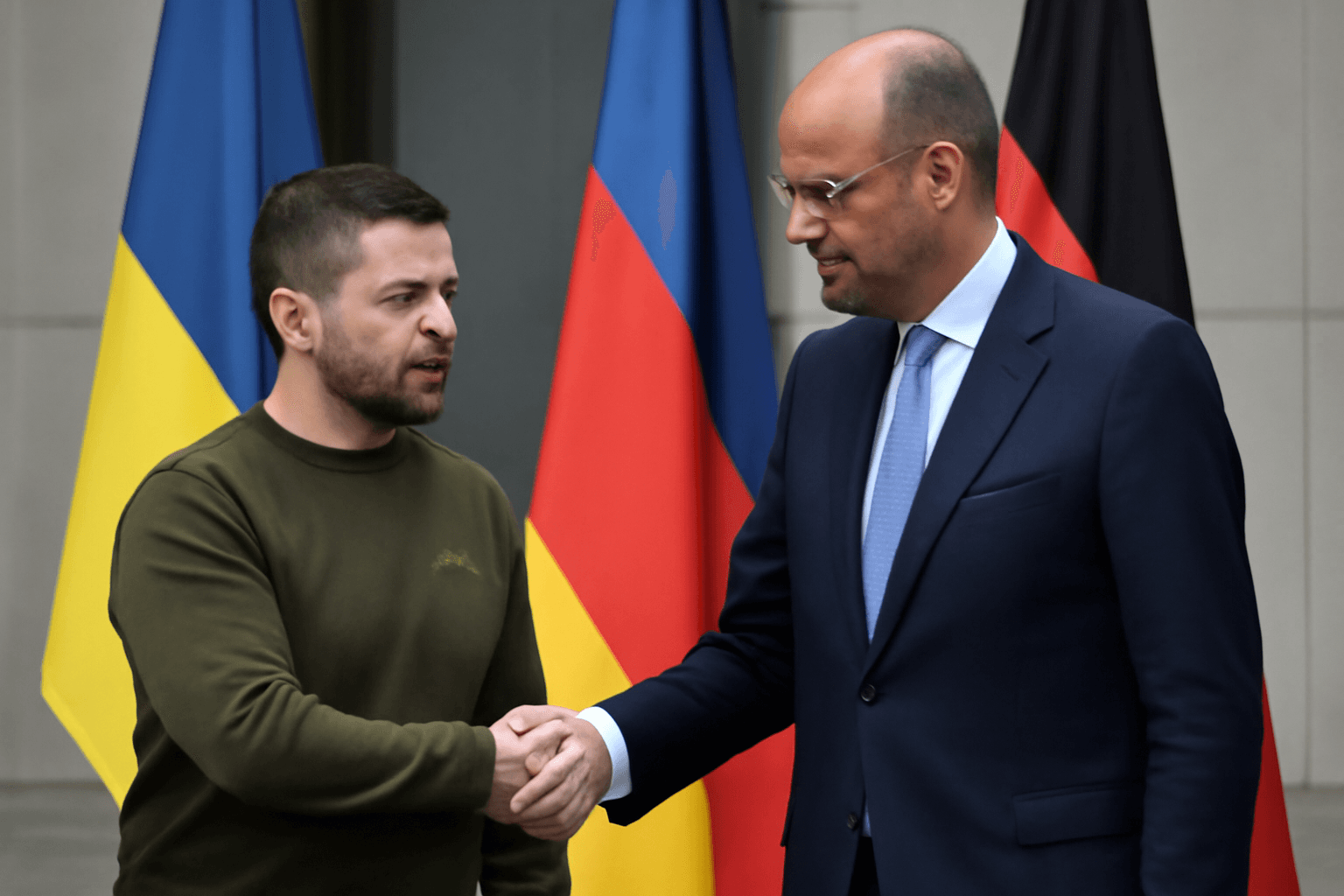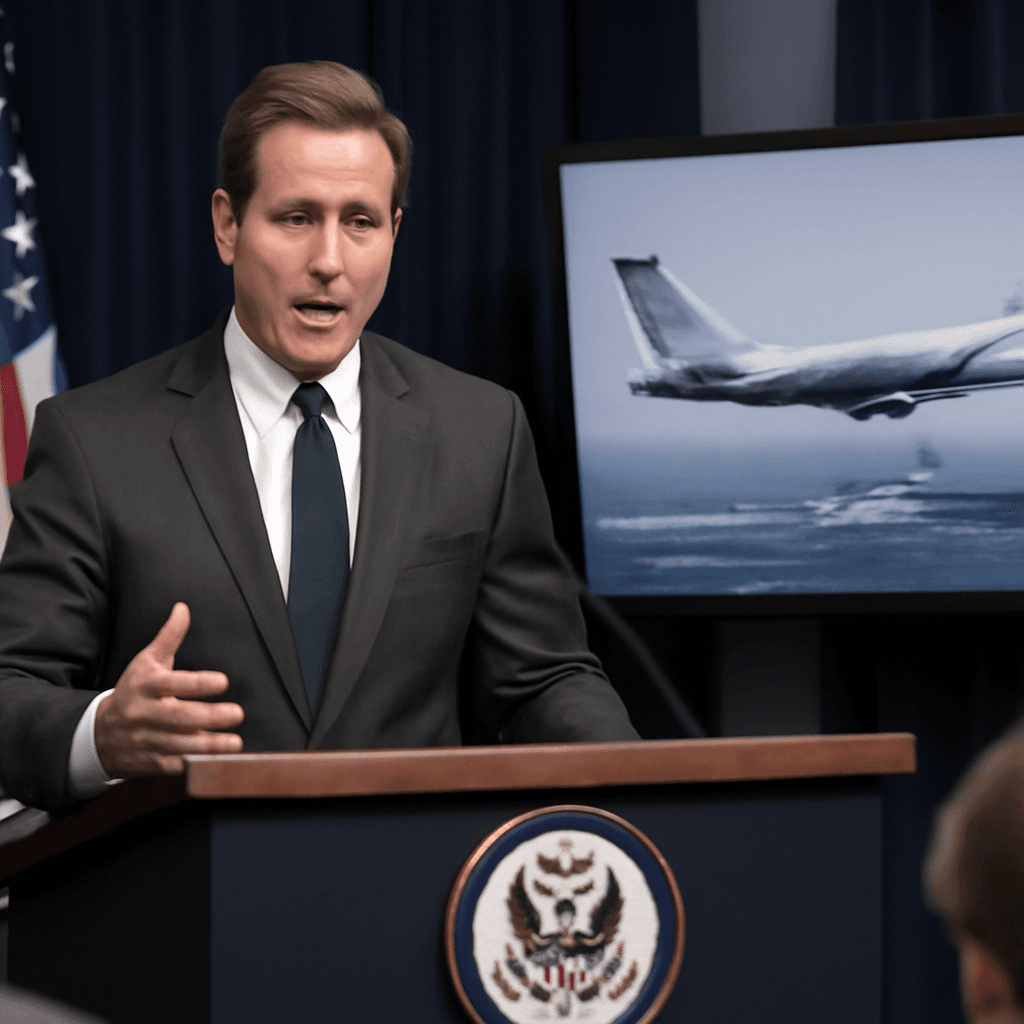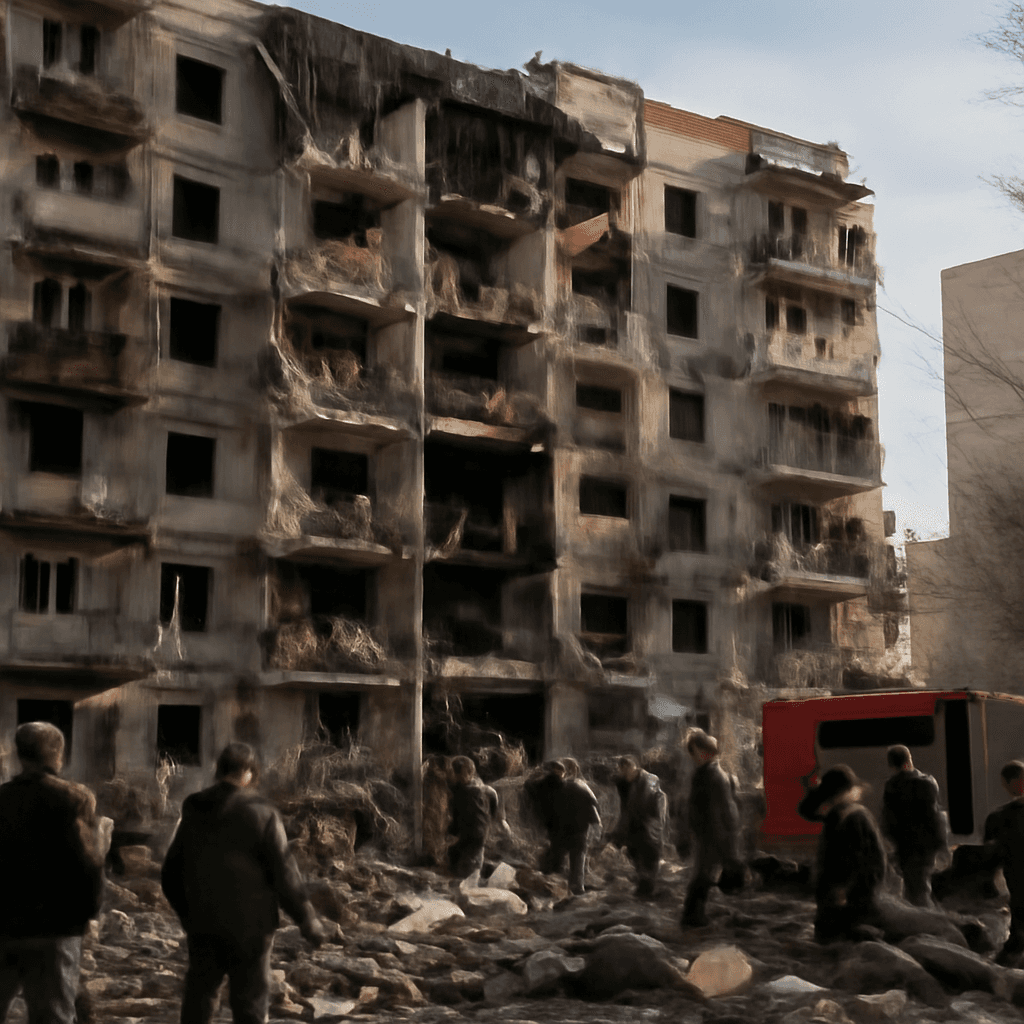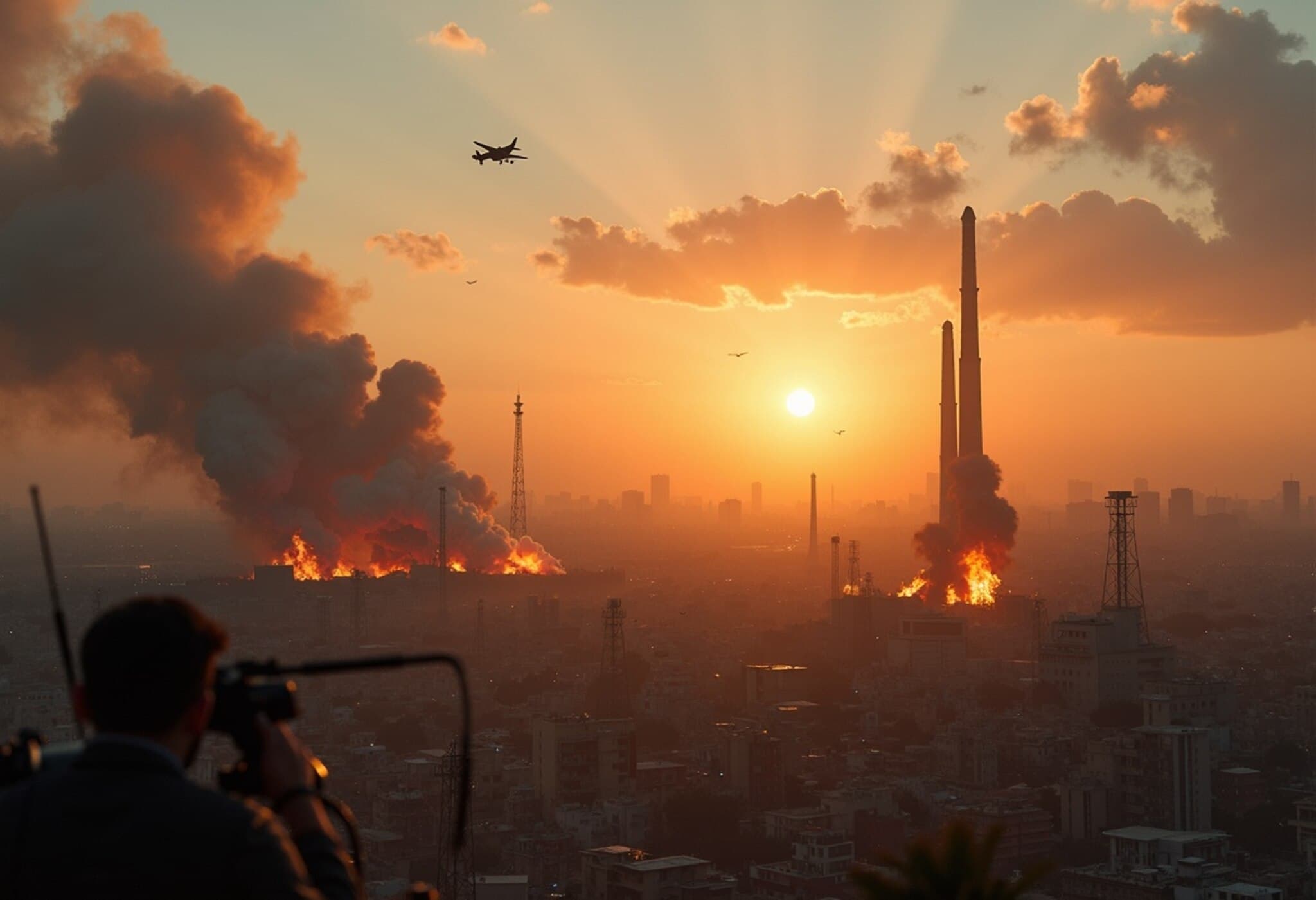US Moves Refuelling Tankers to Europe Amid Rising Israel-Iran Tensions
As conflict intensifies between Israel and Iran, the United States Air Force has strategically repositioned multiple aerial refuelling tankers to Europe. This move aims to bolster operational capabilities should the US become more actively involved in the Middle East crisis.
Significant Tanker Movement Over the Atlantic
Recent observations from aviation tracking platforms revealed that as many as 28 to 31 refuelling tankers—notably KC-135R and KC-46A models—were flying eastward from the United States across the Atlantic. Although initial reports did not clarify their mission, military sources now confirm these tankers have been relocated to Europe to expand the administration's strategic options amid the escalating war.
Why Has the US Shifted These Tankers Eastward?
Defense experts highlight four key reasons behind the US Air Force’s decision to deploy these essential assets across the ocean:
- Supporting Israeli Aerial Operations: Israel possesses only seven aging refuelling tankers, limiting its long-range air missions. US assistance could extend Israeli aircraft endurance, allowing deeper penetration into Iranian territory—crucial for striking hardened underground facilities requiring close proximity.
- Direct US Involvement in Combat: The US might be preparing to join Israeli strikes against Iran, necessitating the refuelling of both American and Israeli planes mid-air to sustain prolonged operations.
- Preparing for Iranian Strait of Hormuz Closure: Iran potentially shutting the Strait of Hormuz, a vital oil and gas transit route, would provoke a broad coalition response. Mission objectives would include dismantling Iranian coastal air defences, anti-ship missile sites, gunboats, missiles, and drone capabilities—all requiring extensive aerial refuelling support.
- Establishing a Transatlantic Air Bridge: Most likely, the US is setting up a continuous air corridor between the United States and the Middle East. This corridor enables sustained transport of troops, equipment, and aircraft, including bombers like the B-2, which are critical for targeting Iran’s nuclear facilities deeply buried underground.
Strategic Implications of the Air Bridge
Creating an uninterrupted airbridge necessitates a solid tanker presence to keep fighters, transport planes, and strategic bombers fueled over vast distances. For instance, B-2 stealth bombers are uniquely capable of seriously damaging Iran’s heavily fortified nuclear sites, but their missions demand persistent aerial refuelling support along the route.
Looking Ahead
This decisive redeployment signals a potential escalation in US military readiness to support Israel or carry out independent operations within Iran’s borders. The coming days could reveal whether the refuelling tankers mainly provide logistical support, enable joint combat missions, or form a backbone for extensive military buildup in response to rising tensions in West Asia.

